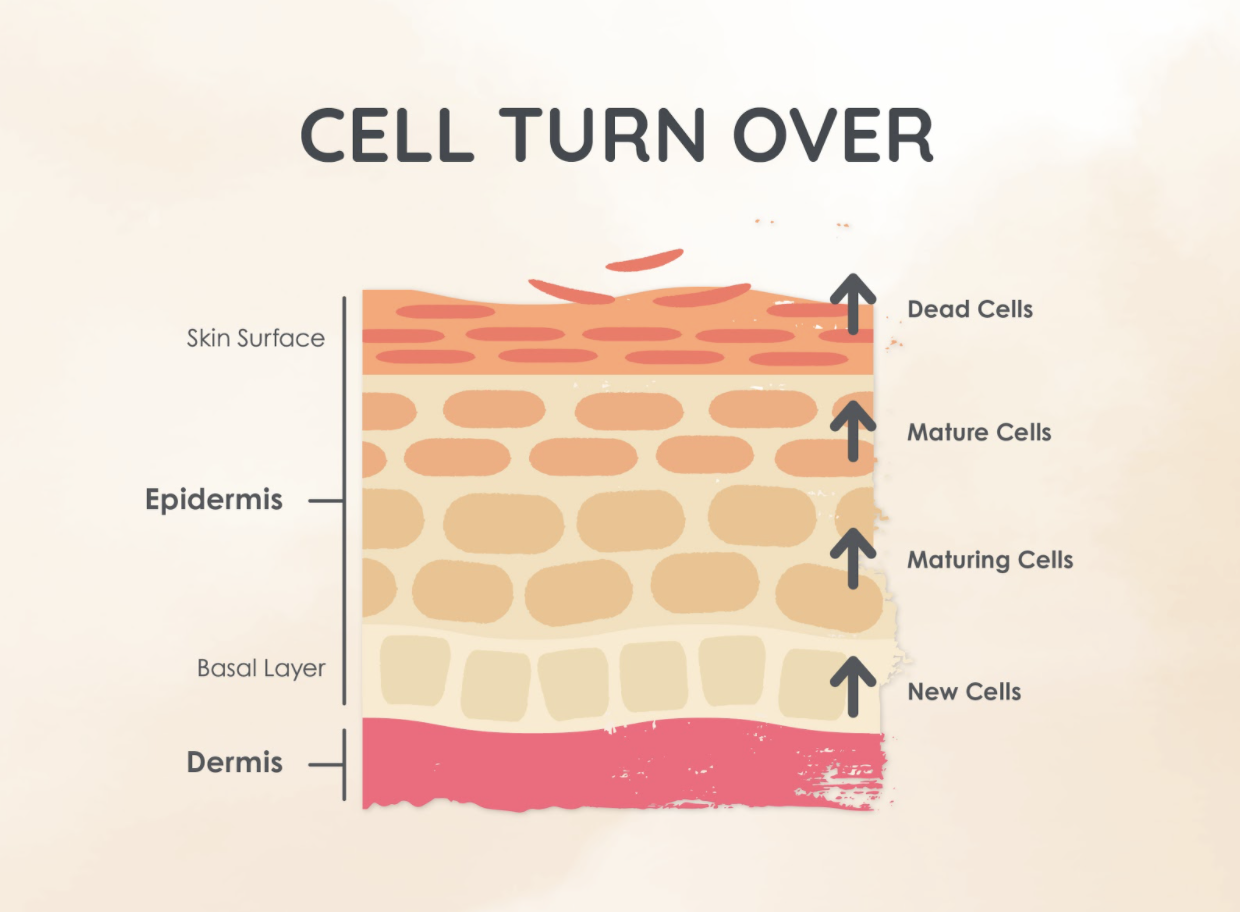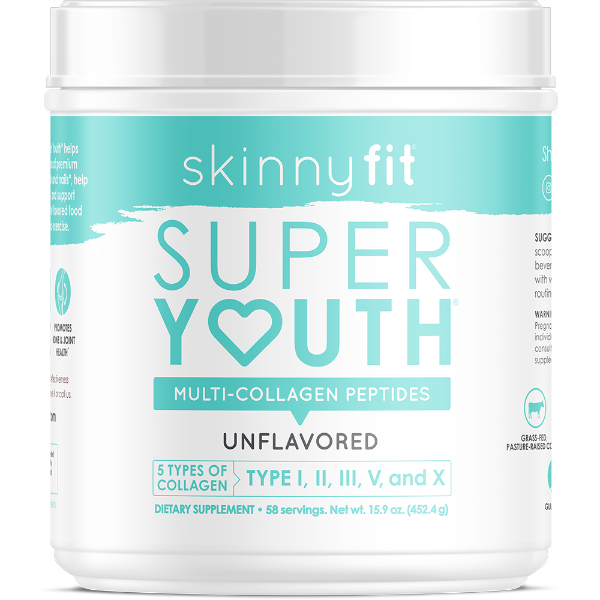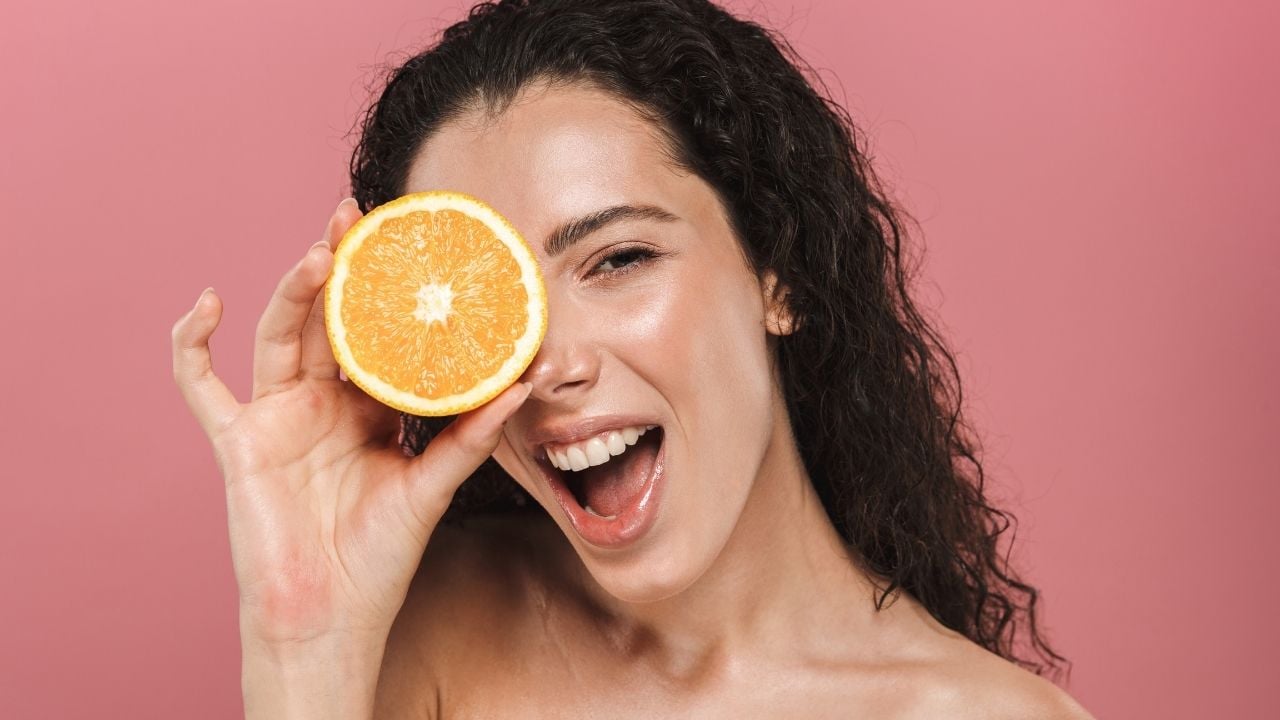What’s up all my skin science nerds?! 🙋♀️Are you ready for some pretty awesome (and rather surprising) anti-aging tricks for younger, more radiant skin? Be sure you’re sitting down, because this skin care secret will definitely surprise you…
It’s called cell turnover, and if you’ve never heard it, you’re not alone. In fact, boosting cell turnover in order to improve the health and vibrancy of your skin has been one of the best-kept beauty secrets from estheticians and skincare experts for years! But today, I’m going to peel back the curtains to reveal everything you need to know about cell turnover to prevent premature aging and leave your skin feeling oh-so-new!
Ready to meet your new fountain of youth?
What Is Cell Turnover?
So, what exactly is cellular turnover? It sounds fancy, some might even say…scary? Don’t worry, cell turnover is not as intimidating or as complicated as it sounds!
Cell turnover is the process in which we shed dead skin cells and replace them with new, younger cells. This skin renewal process is what keeps our skin looking healthy and young. If it doesn’t occur, the older skin cells can build up and create a variety of skin issues that age the skin, like acne and hyperpigmentation, for example.
You know that white dust that puffs up when you fluff the pillows? Well, most of that dust is made up of dead skin cells that we’ve shed in the process of cellular turnover.
Now, there’s good news and bad news. The good news is that cellular turnover happens on its own. The bad news is that as we age, cell turnover slows down, which leads to aging skin.
Boosting the rate of cellular turnover can significantly improve the appearance of your skin. But in order to do so, we need to understand how the cellular turnover cycle works, and how we can speed it up to achieve younger-looking skin! Let’s dive in…
Cellular turnover cycle
New skin cells are created in the deepest layer of your dermis, this is called the basal layer (1). As the cells get older, they move up through the different layers of our skin, towards the surface. During this process, the cells eventually die off and become inactive, creating an entire layer of dead skin cells.
Once the dead skin cells reach the surface, they fall off in order to make room for the new skin cells to take their place. The result? Healthy, plump, radiant skin! This, in a nutshell, is the cellular turnover cycle.

Cellular Turnover & Aging: What’s The Connection?
When we are infants, cellular turnover takes place in 3-5 days, hence where the saying, “as smooth as a baby’s skin” comes from!
Once we reach our teenage years, this process slows down a bit, and usually takes around 21 days. As we continue to age, cell turnover slows down more and more, and by the time we reach our forties, the skin renewal process can take up to 60 days! (2)
And what comes after that? Well, unfortunately, wrinkles…
Once we reach our fifties and beyond, it can take up to 90 days for the cell turnover cycle to occur. As the skin renewal process gets slower and slower, dead skin cells accumulate on the skin’s surface. Because of this buildup, skin structure begins to collapse, causing, you guessed it, more wrinkles. 😱
And because new cell production has slowed down and decreased, skin becomes uneven, dull, and rough-textured.
How To Increase Cellular Turnover
The slowing of cell turnover is an inevitable part of life, but there are things you can do to boost cellular turnover and keep your skin youthful and radiant.
Lifestyle, environment, and genetics play a key role in how your skin ages, but these simple tips can help stimulate your skin renewal process for faster cell production and an increase in cell turnover!
1. Exfoliation
Exfoliating helps remove dead skin cells on the skin’s surface. (3) Because you are “disrupting” the cell turnover cycle, newer cells are generated quicker, increasing the rate of cellular turnover. Skin scrubs help loosen the dead cells, causing them to fall off.
Many dermatologists also suggest adding retinol into your skincare routine as you get older. Retinol causes the skin renewal cycle to happen even faster because it pushes dead skin cells off the top layer.

2. Laser resurfacing
Dermal, or laser resurfacing, also helps boost cell turnover by using heat to remove layers of dead skin cells. With beams of light, this process triggers faster cell turnover, and the results can last for years!
There are many different types of skin laser treatments, so be sure to visit your dermatologist to find out which one is best for you. Just let them know you are looking to boost cell turnover!
3. Diet
Consuming fruits and vegetables that are high in antioxidants help to combat free radicals. Free radicals cause oxidative damage to the skin that leads to premature aging.
I know, I know, you’ve probably been told one too many times about how important these food groups are for your diet, but now that you know how the skin renewal process works, you know just how important diet and lifestyle are to this cycle.
4. Take a collagen supplement
Collagen supplementation helps increase skin firmness and elasticity, reduces wrinkles and cellulite, and keeps skin looking young—everything you want and need from cellular turnover!
Doing something like laser resurfacing, specifically ablative lasers, not only sheds dead skin cells at the surface but also helps increase collagen production.
If you’re not really into the whole laser thing, don’t worry! By simply adding a collagen supplement, like SkinnyFit Super Youth, into your diet, you won’t need to solely rely on cellular turnover for younger-looking skin. Collagen helps reverse signs of aging in our skin, and it’s easy to add into smoothies, recipes, or even just plain water! Combine this with the other cell turnover tricks, and you won’t be able to hold back your smile every time you look in the mirror!
The Bottom Line On Cell Turnover & Aging
While no one can avoid the dreaded slow down of cell turnover, these tips and tricks to boost the cycle will leave your skin healthy, young, and glowing! Check out Super Youth’s Multi-Collagen peptides to speed up cellular turnover, smooth wrinkles, and cellulite, revitalize your gut health, and help you reach your weight loss goals quicker!
Mentioned In This Post
SkinnyFit Unflavored Collagen
Look and feel younger with Super Youth Multi-Collagen Peptides! This versatile collagen powder includes 5 collagen types from 4 natural sources to restore youthfulness from the inside out.

